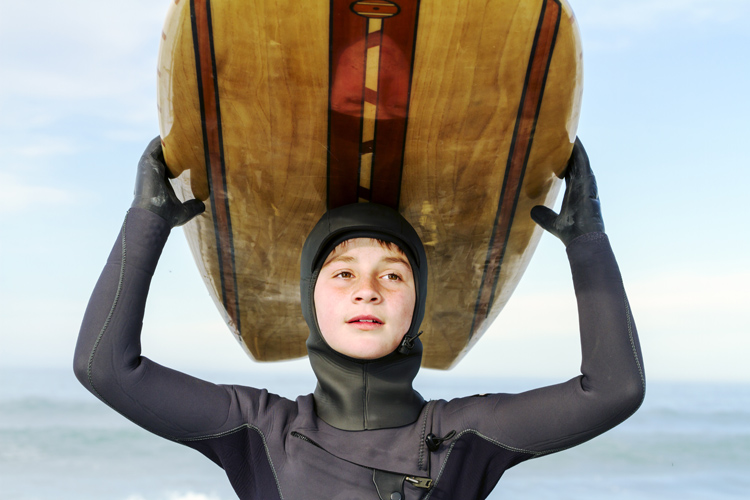There are eight main types of wetsuits. Each one serves a specific purpose. Take a look at the main neoprene models available in surf shops and sports retailers.
The wetsuit is a recent invention. It is made to extend the time humans can spend in cold and cool water temperatures. Quality wetsuits offer flexible and comfortable neoprene.
They're a protective armor against the wind and the sun's UV rays, but they also require regular maintenance.
Don't forget that a wetsuit is not the same as a drysuit.
Wetsuits are widely used by surfers living in non-tropical countries, but they're also the garment of choice for divers, sailors, military personnel, and many other water sports enthusiasts.
Wetsuits for surfers and surfing usually range in thickness between 2mm and 7mm.
Depending on the average water temperatures of your local surf break, you'll need more or less neoprene protection.
Nevertheless, thickness is not the only variable that distinguishes wetsuits.
The shape also matters. That is why wetsuits are commonly divided into season categories - spring/summer models and fall/winter models.
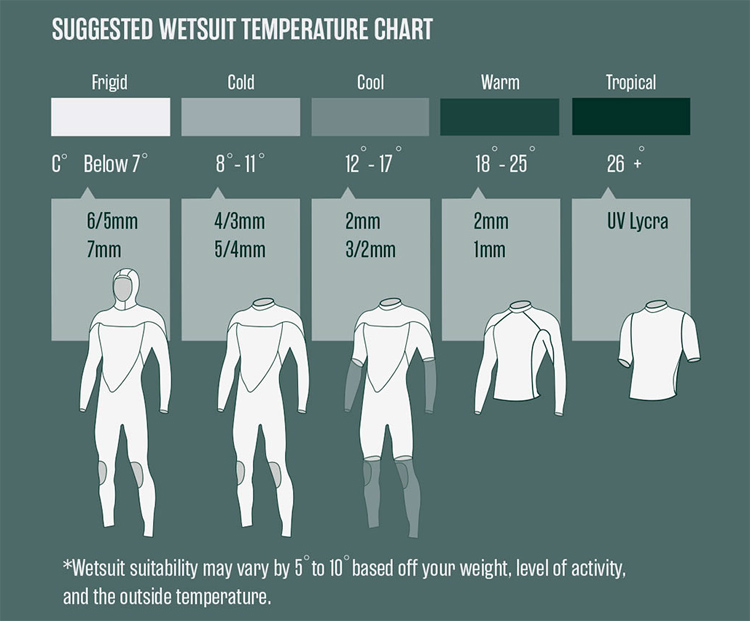
This means that surfers can opt to keep their torso warm and have multiple options for their legs and arms, depending on their needs.
For example, in some cases, the weather is sunny and warm, but the water is cold, so you decide to wear a springsuit. However, if you're comfortable in cool waters, then a short-arm steamer is enough.
The most common types of wetsuit protection were designed for both men and women and surfers of all ages. They are the following:
The Hooded Full Wetsuit
The hooded fullsuit is the ultimate neoprene protection for cold water surfers. Because 40 to 45 percent of body heat is lost through the head, this model keeps your brain and ears warmer in the most extreme air and water temperatures.
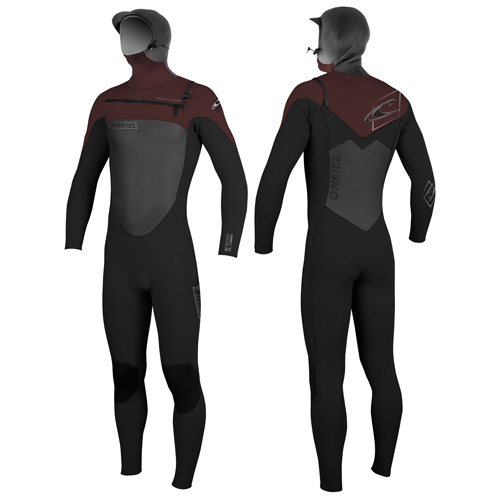
The Full Wetsuit
The fullsuit covers your entire body - torso, legs, and arms. It is one of the most popular wetsuit models, and it is generally used in cold-to-cool water environments. The most common thicknesses range from 3/2mm to 5/4mm.
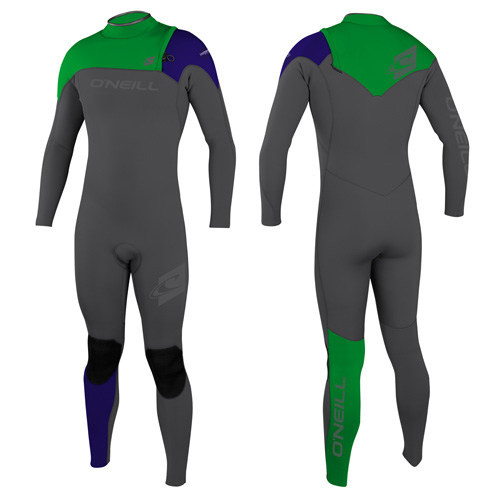
The Long John/Jane Wetsuit
The long john/jane wetsuit is a rare sleeveless neoprene model that keeps your arms uncovered and in contact with water. It allows for better paddling.
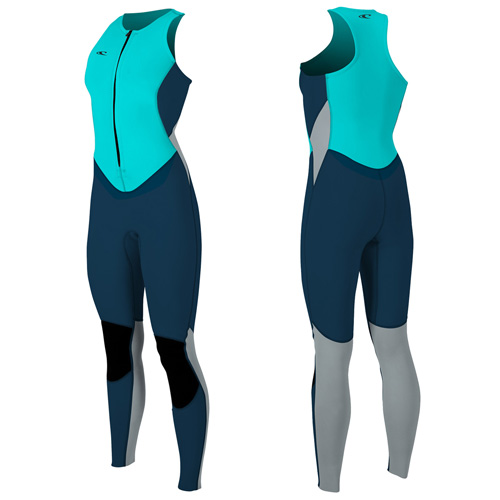
The Spring Wetsuit
The springsuit is a classic short-legged model used by surfers in temperate climates during spring and summer when the water temperature isn't cold, but they still can't surf without their second skin.
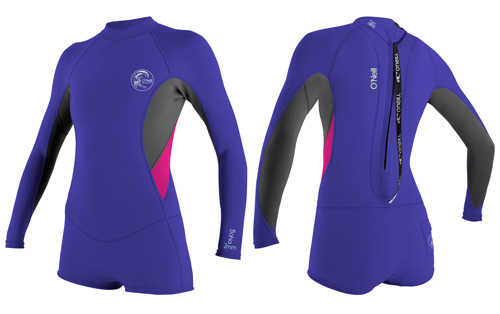
The Short Arm Steamer Wetsuit
The short arm steamer is a popular legless and armless wetsuit used in warm waters by surfers who just can't surf without neoprene protection.
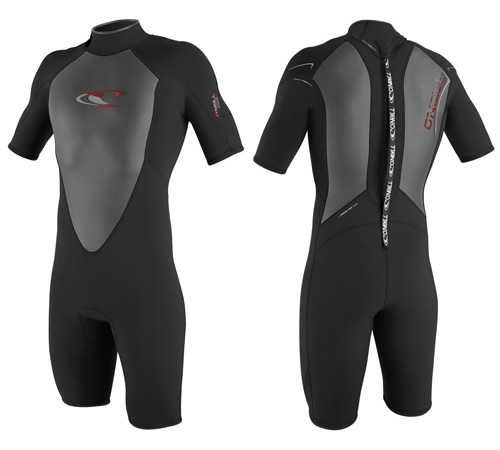
The Short John/Jane Wetsuit
The short john/jane wetsuit is one of the most basic wetsuit models in the market. It mainly protects your upper body, and it is predominantly sold in 2mm models.
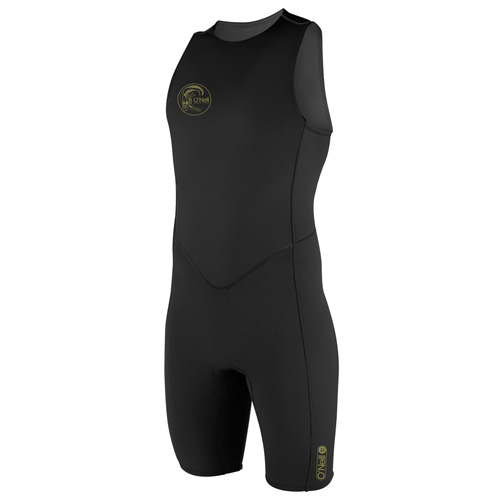
The Wetsuit Jacket
The wetsuit jacket is a neoprene protection for the torso and arms. It often has a front zipper and should be used in warm yet windy locations.
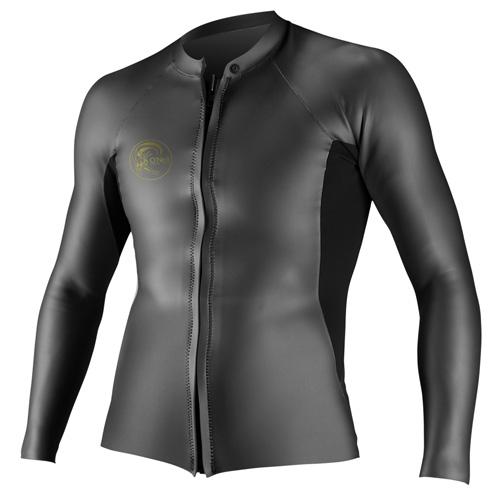
The Wetsuit Vest
The wetsuit vest is a simple neoprene defense for your upper body that is only used in warm environments. It avoids rashes and UV rays but won't keep you warm in colder waters.
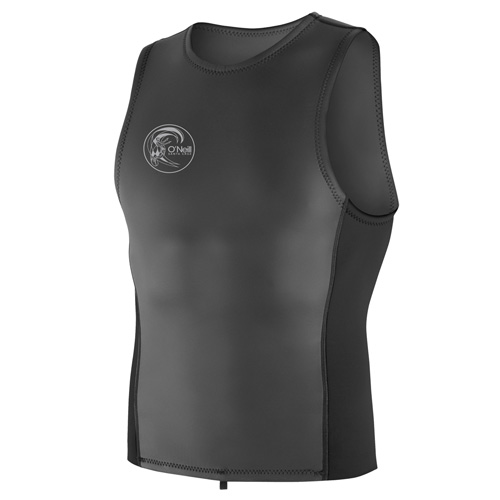
Discover the best wetsuits in the world. Check out the wetsuit size chart.
